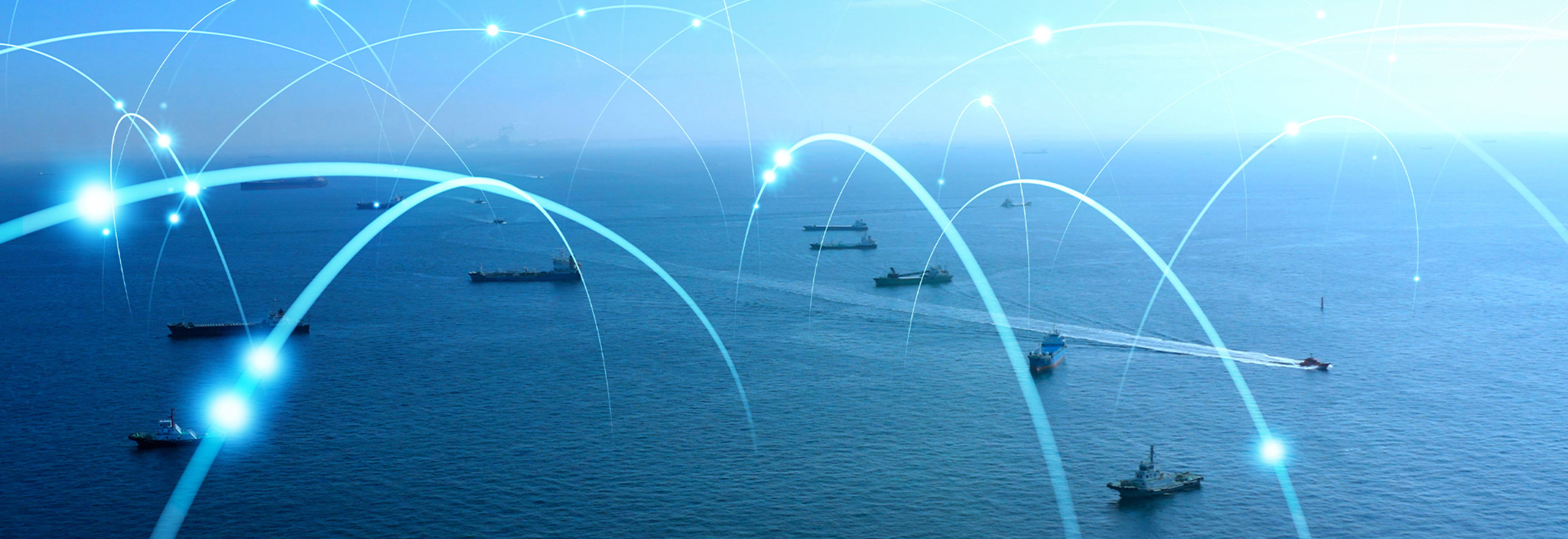Getting 'Smart' in Maritime
Last month saw the inaugural gathering of ‘Marketing in Maritime’ – a high-energy event sharing best practice in data analysis, content strategy, the building of creative, innovational corporate cultures to ward off the dangers of industry disruption, and much more.
It was the birth of the #mimcrowd.
Looking back, one element that continues to stick in my mind is the race for the ownership of the term ‘smart’. Everyone’s at it.
‘Smart thinking’, ‘Smart connections’, ‘Smart solutions’. Press releases, campaigns and shiny new websites are full of it. And it feels as though in everyone’s dash to gain the clear space and competitive advantage, most brands are in fact getting a bit lost.
Maybe it’s too soon, but it can’t be long before ‘smart’ goes the same way as ‘digital’. Although there are of course many businesses still at the beginning of their digital transformation journey, highlighting digital credentials as some sort of noteworthy USP feels dated.
Digital is the way we live. The air we breathe. It is the everyday. Anyone below the age of 30 can’t know what a non-digital world even looks like. Soon enough, hyper-connected solutions augmented by some element of intelligence will go the same way. After all, we entered the age of The Internet of Things some years ago now.
Of course, the race to ‘smart’ isn’t a trend that’s confined to marine. We’ve been finding it across almost every sector we work in. From Oil and Gas to FMCG, even Construction. Everyone wants to be smarter than the brand next door.
The thing is, ‘smart’ is one of those slightly foggy, catch-all words. It means different things in different contexts to different people.
For example, ‘smart’ can be the non-intelligent type of smart. ‘Smart-lite’, so to speak. Platforms without an integrated learning capability, but that provide better two-way connections between assets, that shift data more fluidly, and enable the likes of remote monitoring, diagnostics and maintenance.
Basically the sort of telemetry that F1 cars had a decade or so ago.
At the other end of the scale, there’s smart smart. Super-connected platforms that consistently learn from behaviour and improve their own levels of performance. Platforms generated by learning algorithms. Code that writes code. These are the ‘smarts’ that were the talk of the MiM event. Autonomous shipping, interconnected ports, intelligent ecosystems. New horizons being explored by the likes of Wärtsilä who, with their recent partnering of cyber security firm, Templar Executives and acquisition of marine navigation company, Transas, are starting to make some serious steps forward in the smart marine space. And as noise from Wärtsilä, Rolls-Royce and the like gets louder, it’ll become increasingly difficult for others to be heard.
All too regularly of course, a brand’s smarts are neither lite nor sophisticated. It’s hot air from a business afraid of being left behind. With some of course this is a statement of intent, signposting to potential customers the direction the business intends to travel, but the danger is of an organisation shouting one thing and demonstrating something altogether different. That’s when customers can start to loose faith. And trust.
There’s an answer to this of course. One we get heavily involved with here at Oakwood, where brand transformation through innovation and storytelling is what we do. And it’s an answer that can work for any business, no matter its budget or level of RND in autonomous systems etc.
It’s to build an internal culture of creation, experimentation and innovation, and bring your audience on the journey with you. Share the failures, learnings and successes in developing technology-led solutions that aim to shift the dial in saving your customers effort, time and money. Solutions that build empathy, because they also set out to make the world we live in a healthier and safer place. Do this in close collaboration with your customers, and share news of the journey regularly through effective story telling. People will sit up and listen. We know, we’re working on smart innovation projects like these right now.
Put simply, it’s about continuous doing, and bringing your audience with you step by step. Earn the smart space, don’t try to own it through shouting the loudest. Build tangible belief inside and outside your business, and the fruits of your smart labor will come.
